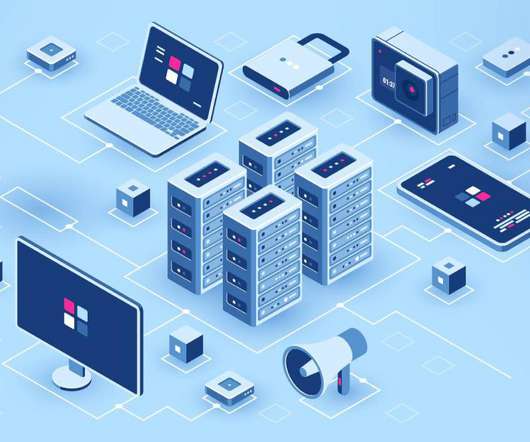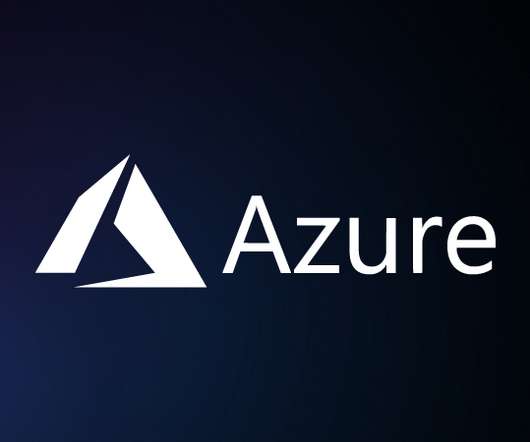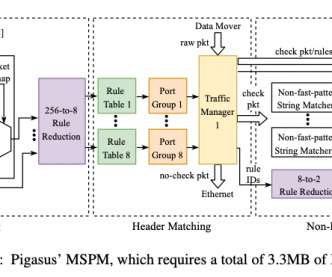The Power of Caching: Boosting API Performance and Scalability
DZone
AUGUST 16, 2023
Benefits of Caching Improved performance: Caching eliminates the need to retrieve data from the original source every time, resulting in faster response times and reduced latency. Bandwidth optimization: Caching reduces the amount of data transferred over the network, minimizing bandwidth usage and improving efficiency.


















































Let's personalize your content